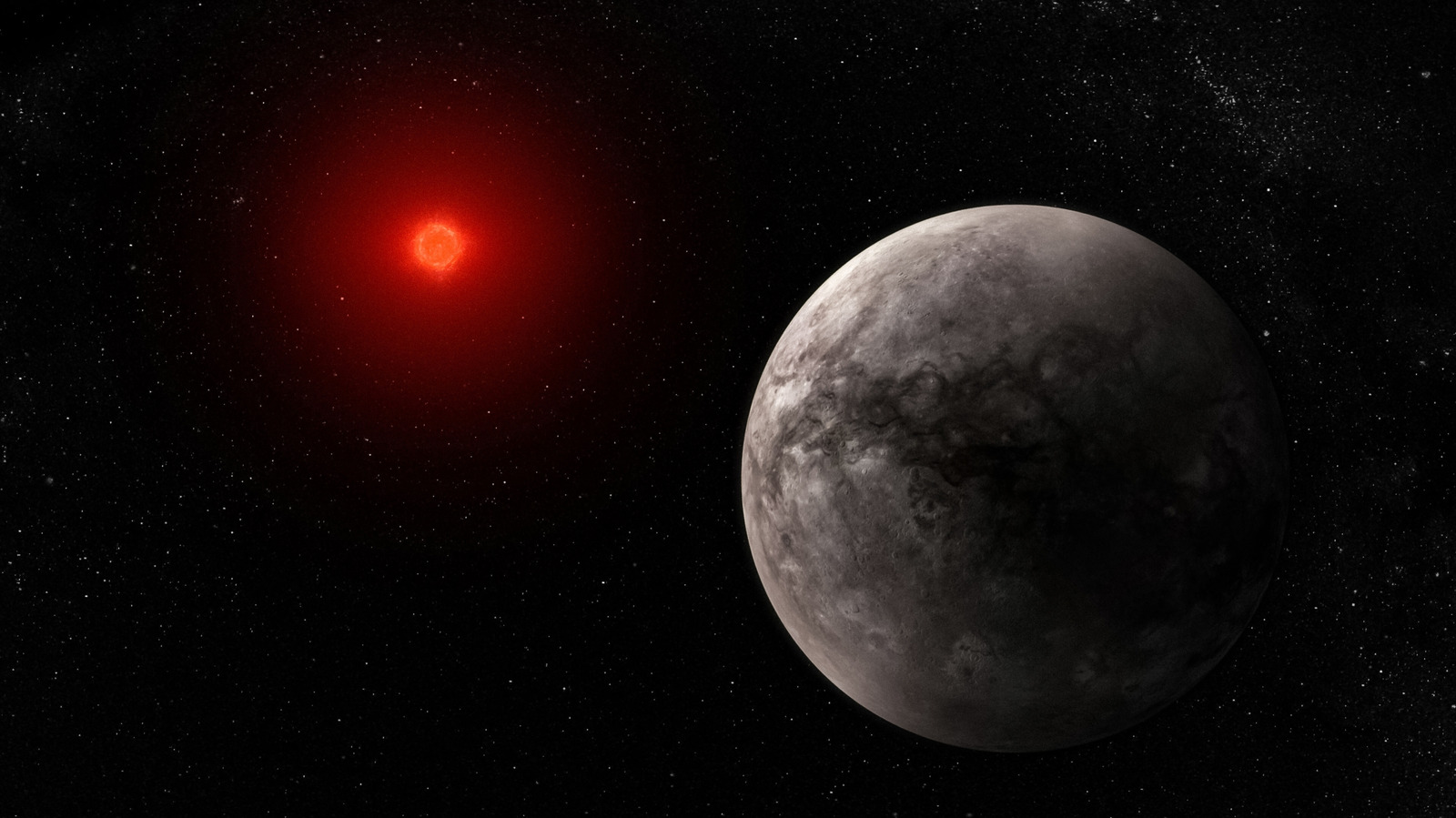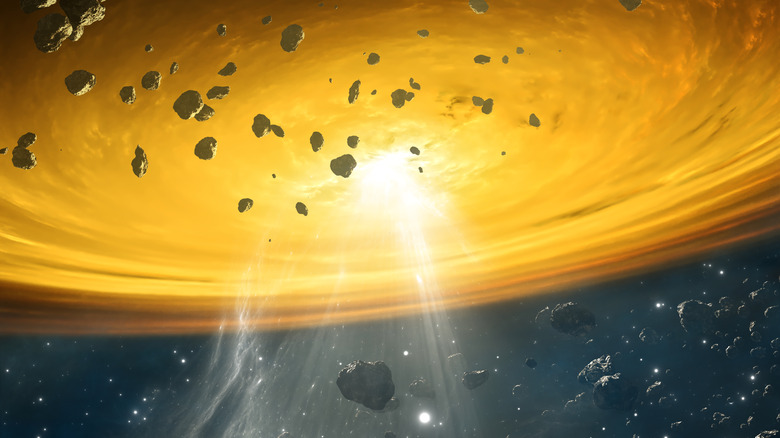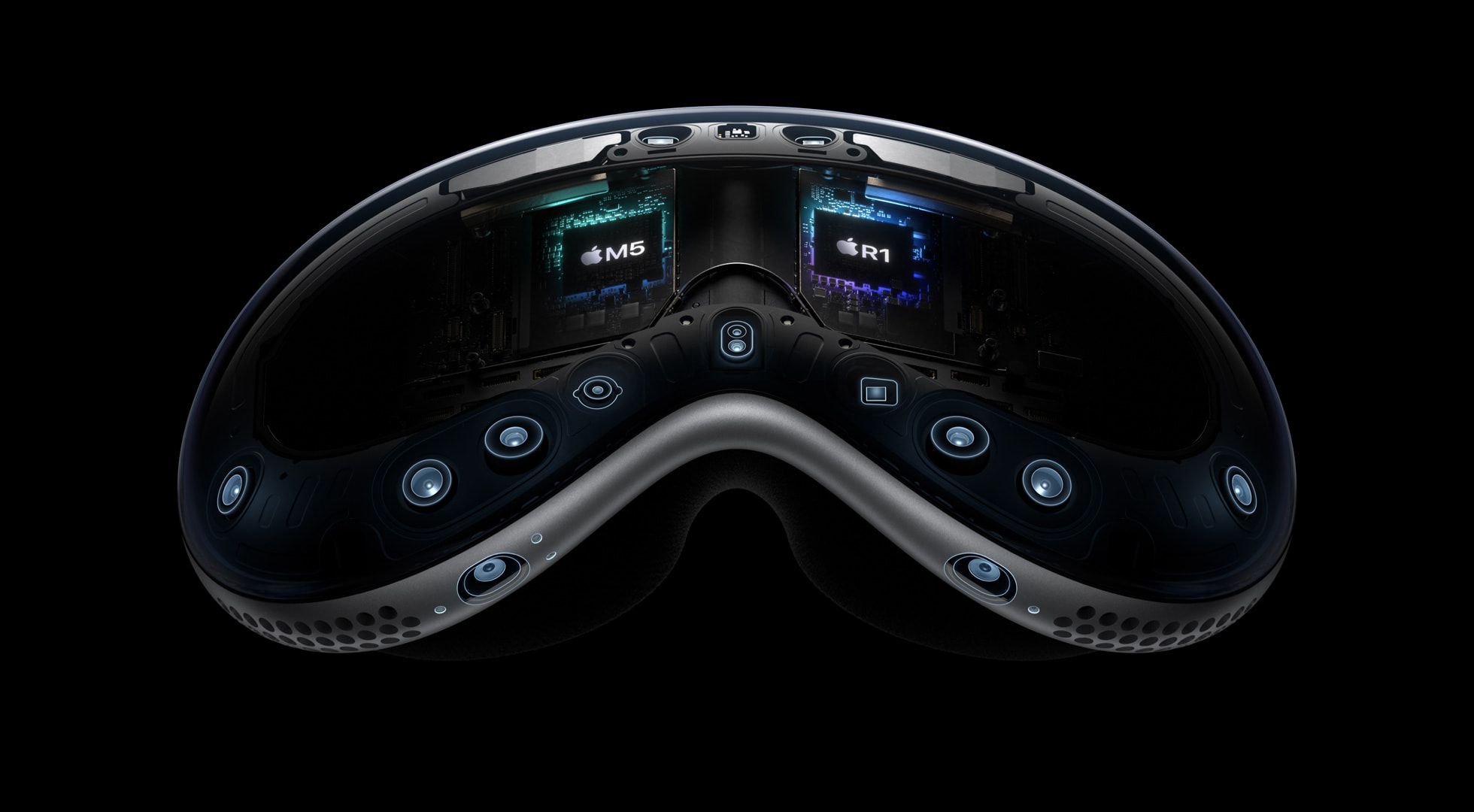An exciting new study titled “Soot Planets instead of Water Worlds”, by Jie Li and associates, published in August 2025, challenges prevailing assumptions about the nature of many low-density exoplanets. Those planets that have been interpreted as water worlds (composed of rock and abundant water ice) may instead owe their low densities to large amounts of refractory carbon, also known as soot in astrophysics.
In the study’s model, planets forming beyond the so-called “soot-line” in the protoplanetary disc can accumulate a significant amount of organic carbon in solid form, but water ice remains unstable. This new classification challenges long-standing assumptions about the frequency and composition of planets like the oceanic world found 100 lightyears from Earth. That means that many of the sub-Neptune and mini-Neptune planets could be misclassified under simple rock and water models. Beyond their compositional implications, soot planets also raise new questions about atmospheric chemistry, internal dynamics, and even habitability. If carbon-bearing solids are more common than icy volatiles, the universe may host more dark, organic-rich worlds than we imagined.
Soot planets and their formation
Soot planets are a newly proposed class of exoplanets made largely of refractory organic carbon, a tar-like material that contains carbon, hydrogen, oxygen, and nitrogen, often shortened by scientists to CHON. This soot is not the same as the black residue left by fire on Earth, but a complex mix of carbon compounds that can survive much higher temperatures than water ice. Because of that, soot can remain solid in regions of space where ice would quickly melt and evaporate.
The idea behind the soot planets originates from the discovery that many exoplanets labeled as water worlds may actually be composed of rock mixed with these solid carbon materials. During planet formation, different types of solids exist in different temperature zones of a young star’s disk. Close to the star, everything is too hot, and materials vaporize. Further out, they condense into solids. The soot line marks the distance where CHON materials first become stable and can stick together, around 500 K (about 230 °C). Even further out lies the snow line, near 150 K (-120 °C), where water can freeze.
Planets that form between these two boundaries gather silicate rock and soot, but little water ice. Modeling by Li and colleagues shows that such planets would appear just as light as water worlds when measured by telescopes. This means that soot planets could easily be mistaken for water ice ones.
Inside these soot planets, heat and pressure could turn the soot into graphite, or even diamond, changing how they conduct heat and evolve over time. In effect, soot planets are worlds built on carbon rather than water. They’re dark, dense, and chemically rich, shaped by the same ingredients found in comets and interstellar dust.
Soot planets could be habitable
If soot planets form efficiently in the warmer regions of a protoplanetary disk, they may be more abundant than water worlds. The materials that make them, carbon-rich and CHON compounds, are stable and widespread in the protoplanetary disk — though planet-forming disks actually have quite a bit of water in them. Observations of comets and meteorites in our own solar system show that these carbon-based solids can make up a large portion of the available building material, sometimes as much as 40%. Since soot can survive higher temperatures than ice, the region where soot planets can form is much larger and lies closer to their stars than the region where water worlds can develop.
Astronomers have noticed that many low-density exoplanets discovered by missions such as Kepler or TESS could be explained by either a mix of rock and water or a mix of rock and soot. Because both combinations would give planets similar sizes and masses, soot worlds may be hiding in plain sight among the planets already identified as water worlds. This overlap makes it difficult to know what these planets are truly made of without more detailed observations of their atmosphere and composition.
As for habitability, soot planets would present serious challenges, but they might not be entirely lifeless. Their carbon-rich mantles could release gases like methane, hydrogen, and ammonia, forming thick, hazy atmospheres. These gases could trap heat from stars, possibly allowing temperate surfaces or subsurfaces to exist. However, with little water and limited geological recycling, the question of what a stable, habitable climate looks like would be rather different. If life ever emerged on a soot planet, with relatively little local pockets of liquid, scientists aren’t actually sure what that planet would look like. Such worlds would be exotic, but they could still hold the key to understanding life’s chemical possibilities beyond Earth.











